Daily Double! (For 200 points)
What type of wave is a SOUND wave?

Longitudinal/Compressional/Pressure Waves
Which part of a wave is responsible for volume in a sound wave? (note: the image below is NOT a sound wave, since sound waves are longitudinal. However, we can draw sound waves as tranverse waves to show volume and pitch easier)
D - Amplitude
Which wave (1, 2, or 3) would be the LOUDEST VOLUME?
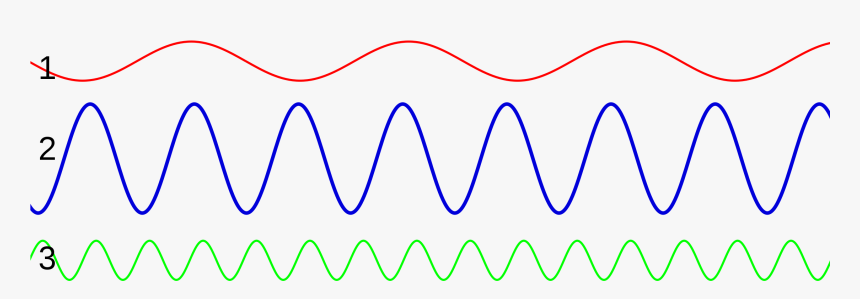
2 (highest amplitude)
Waves transfer ______, NOT _______, from one place to another.
energy, NOT matter
100
100
What kind of wave is this? (in that the particles within the wave travel perpendicular to the energy in the wave, for example, particles go up and down, but energy goes left to right)

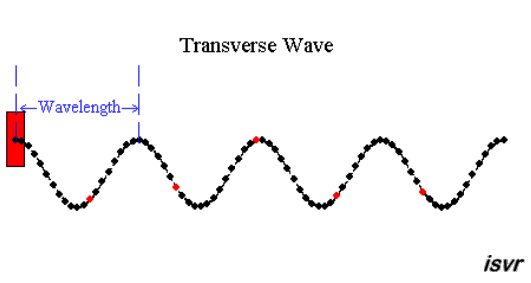
Which letter on the image is responsible for the pitch we hear? (note: the image below is NOT a sound wave, since sound waves are longitudinal. However, we can draw sound waves as tranverse waves to show volume and pitch easier)
A - Wavelength

Fastest - Steel (solid)
Medium Speed - Water (liquid)
Slowest - Air (gas)

AND WHY!? (what specific property gives it more energy?)
A, Shorter Wavelength = Higher Frequency = Higher Energy
200
200
This picture is considered a mechanical wave because it needs a medium to travel through. But more specifically it could be called a ____________ wave because the energy and particles move together in the same direction (left to right).
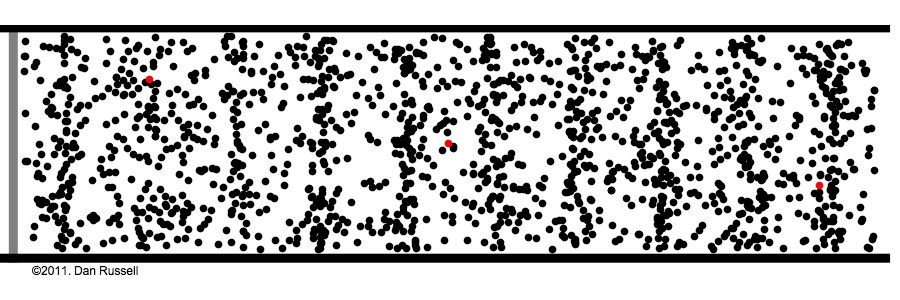
Longitudinal OR Compressional OR Pressure Wave.
Label a, b, c, d, e, f, g

a- Crest
b- wavelength
c- amplitude (positive)
d- trough
e- amplitude (negative)
f- wavelength
g- resting line
Put these in order from HIGHEST PITCH to LOWEST PITCH

Highest - 3 Green (shortest wavelength, or highest frequency)
Medium - 2 Blue
Lowest - 1 Red (longest wavelength, or lowest frequency)

AND WHY!? (what specific property gives it more energy?)
A- because higher amplitude = higher energy
300
300
Waves can be broken into 2 main categories: Waves that HAVE TO travel through a medium, and waves that do NOT have to travel through a medium.
What is the type of wave that includes transverse and longitudinal, and DOES have to travel through a medium??
Mechanical Waves
example: sound is a mechanical wave and needs a solid, liquid, or a gas to travel through.
1) Draw a Resting line across the middle of your whiteboard. This line represents 2 seconds of time.
2) Then, Draw exactly 6 transverse waves that all fit within your resting line.
3) Calculate the Frequency of this wave and write that on your whiteboard

6 waves / 2 seconds = 3 Hz
Calculate the Frequency (you will need a calculator)
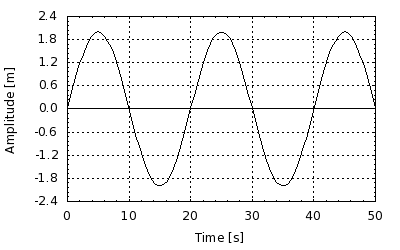
0.05 Hz
Calculation: 2.5 Waves / 50 seconds
OR
1 Wave / 20 seconds
Which wave has the highest total amount of energy? What 2 specific reasons make this true?
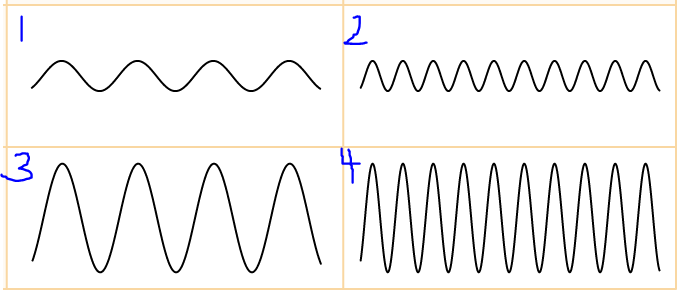
4 - Highest amplitude AND highest frequency
